We’ve put together our fair share of production books over the years. With each project, the scale and complexity of our “production bible” seems to expand. We’re not willing to share all our secrets, but here’s a peek inside our tech book.
Logistics
The trick with tech books is to be clear, succinct and make information easy to find. This can be a challenge for larger jobs – the bigger the production, the more logistics there are to coordinate. In general, we make sure to include detailed instructions on where to enter the venue, where parking may be available, where crew should meet once they arrive and what the dress code is. And of course, we put together detailed schedules that include information on crew breaks and call times.
Production Resources
For remote productions, we like to add an addendum to our tech book that maps out amenities in the surrounding area so we know where to turn if we need supplies. This includes everything from local restaurants and coffee shops (caffeine is essential for any live production) to local hardware stores, electronics stores and rental houses. Not only is this helpful for PA’s who need to run errands, but it also helps us get a lay of the land prior to the production if we’re working in a new venue or location.
Seating Charts
Yes, seating charts. We like to map out where our technical crew will be stationed inside our mobile unit so there’s no confusion on production day. Certain positions are obvious (seating an A1 anywhere other than the audio board doesn’t make much sense), but other positions are a bit more strategic. We also need to account for clients and producers who need to be in the truck, so creating seating charts helps us get an accurate headcount as space is often limited.
Camera Placements
We’ll work closely with our director to map out the exact camera compliment that they prefer for the production. Once we have that, we’ll overlay the camera layout on top of the venue’s floorplan so we can get an idea of the exact placements. We’ll add to that the cable runs and build-out specs for each camera so our utilities and camera ops know what they’re getting into ahead of time. We often print individual sections of our tech book for our camera ops and utilities that pertain specifically to their role. That way we’re not wasting paper and we’re giving the the most relevant info.
Audio Assignments
Getting an accurate headcount on mics, IFBs, headsets and walkies is a key part of the pre-production process. We like to create grids within our production book that account for primary and back-up talent mics and IFBs. We’ll do the same for comms – mapping out belt packs, walkies and headsets. This helps us to ensure we have appropriate technical resources, but also serves as a guide for our A2s on our setup day.
Record & Playback Channels
Mapping out the available record and playback sources is key for our EVS op, but this also helps us to ensure we have enough horsepower to accommodate our client’s needs. As part of our record / playback planning, we’ll create a grid of pre-produced packages so we can account for all of the creative content that’s supposed to be integrated into the live show.
Transmissions
Transmissions are perhaps the biggest technical component of any live show. We like to include confirmations of all our bookings along with key contact info. Depending on the project, our transmissions section may also include encoder information and streaming workflow diagrams if we’re going live to the web.
Of course this is only a small taste of what’s inside our full tech book. If you want to see the real deal, contact us about our live production services.

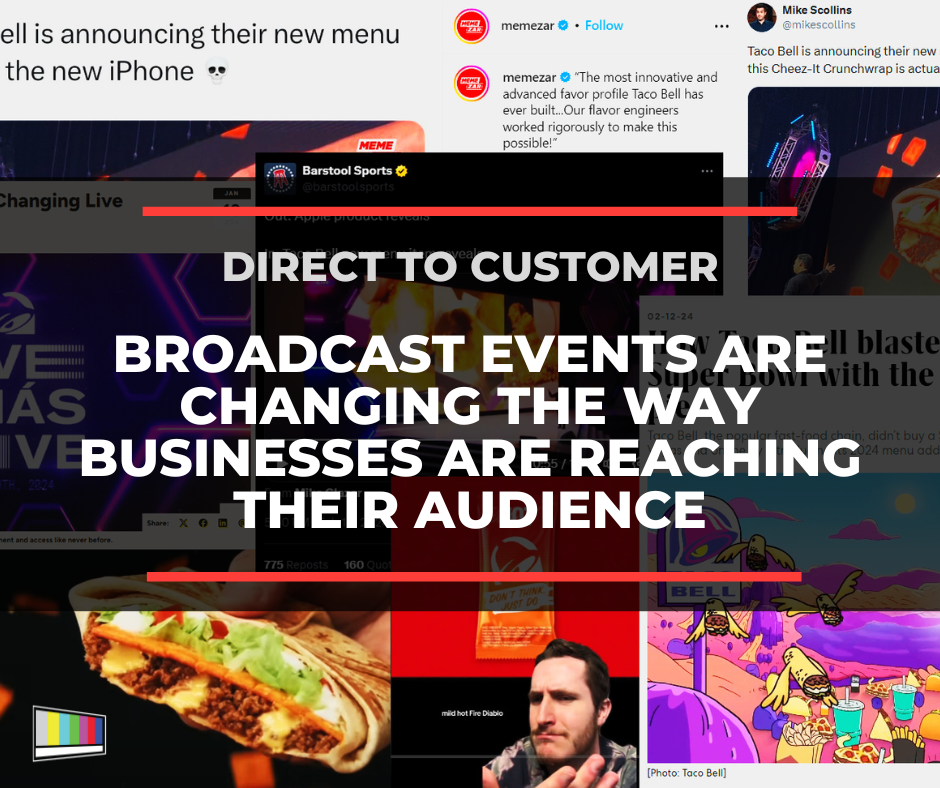




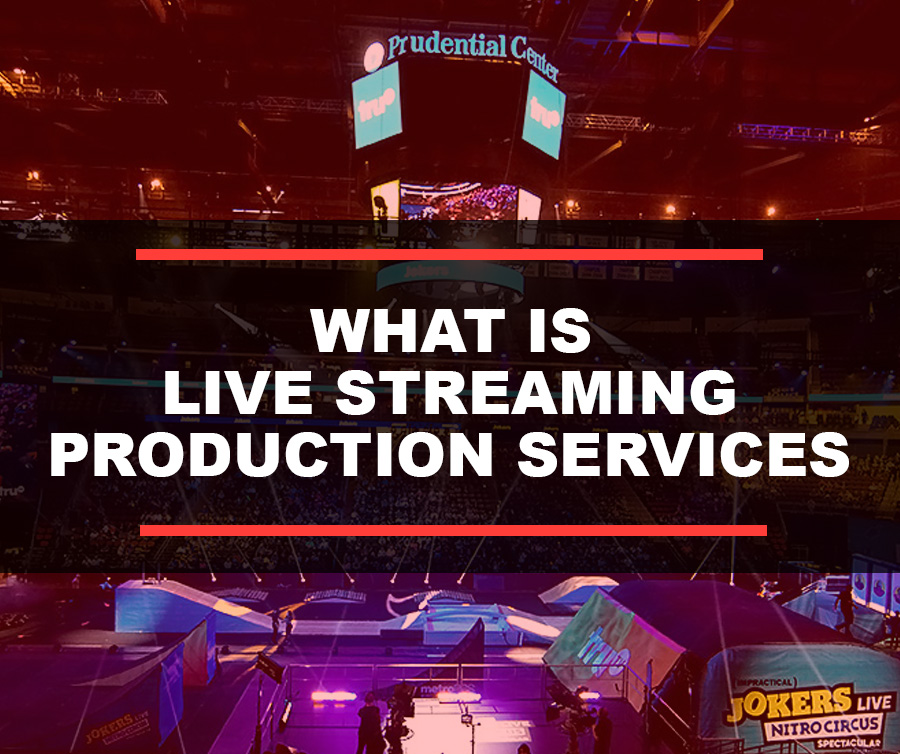

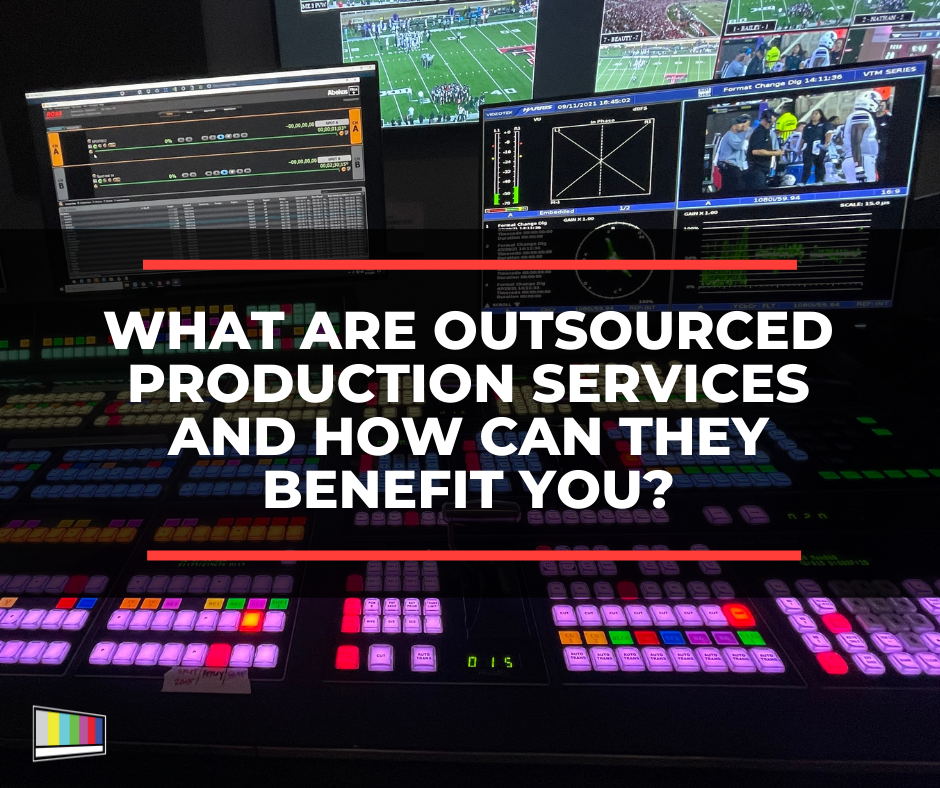





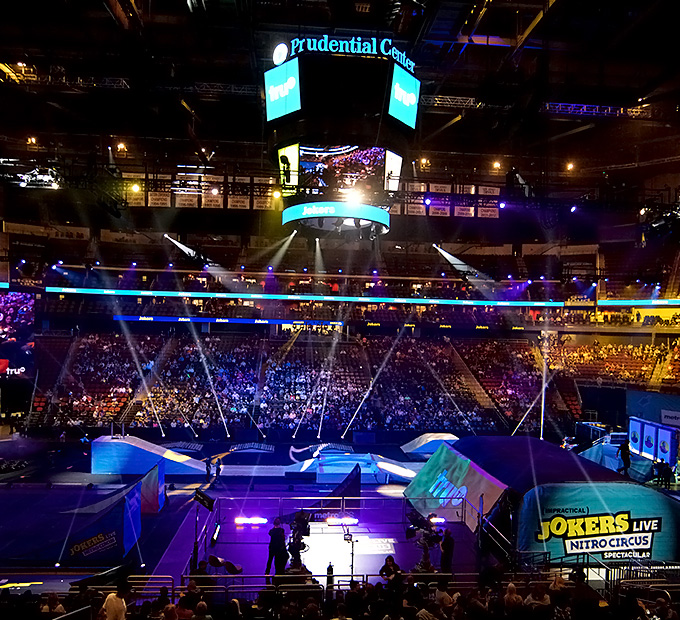
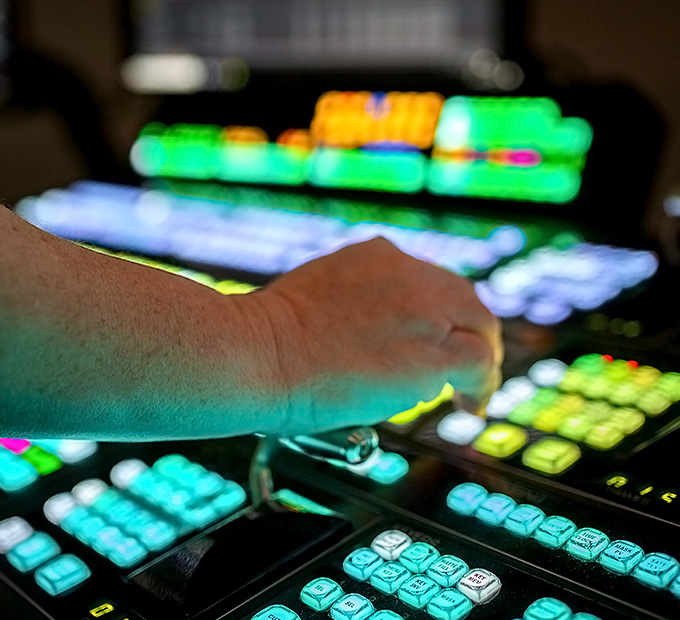
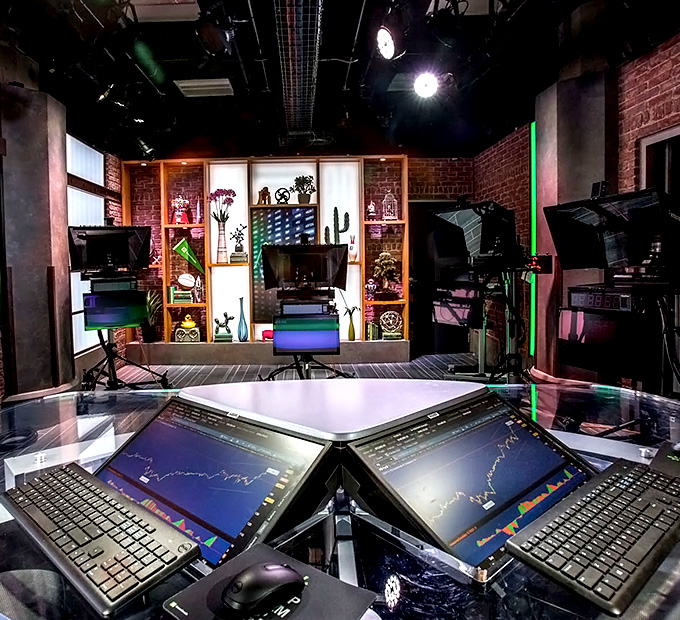



Leave a Reply